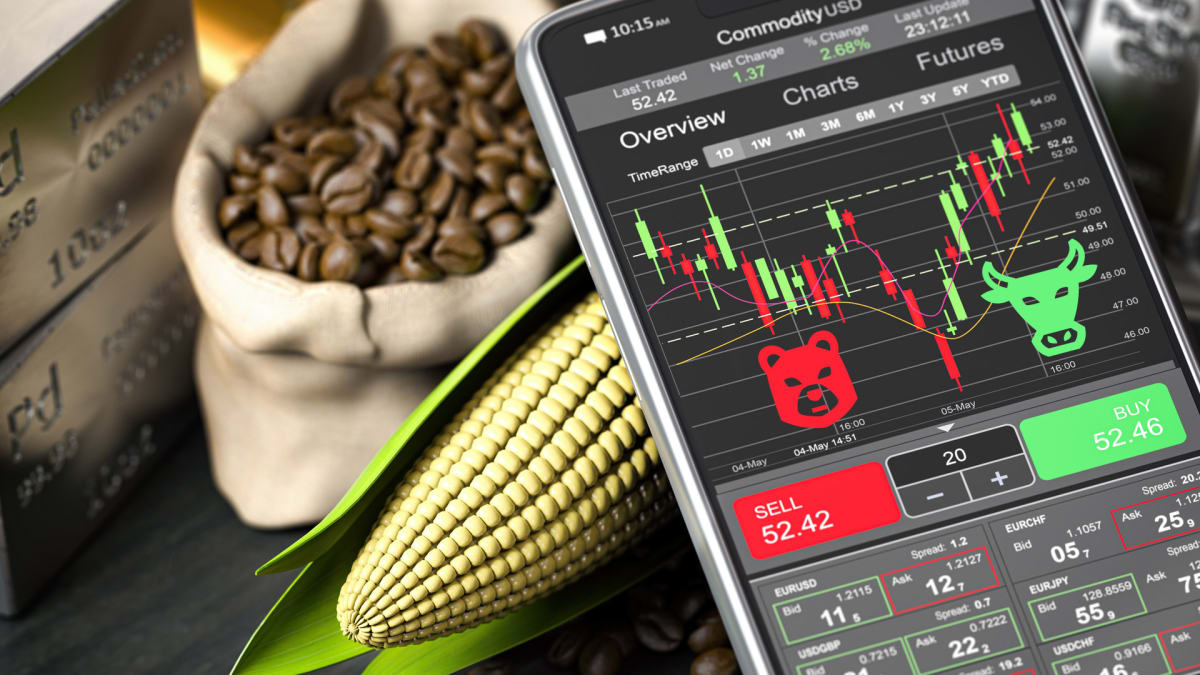
In this sneak peek from the Action Alerts PLUS investing club, AAP team member and long-time commodities broker Carley Garner explains how commodities tend to trade sideways compared with stocks that often have an upward trajectory.
In the video above, Garner breaks down how bullishness or bearishness in the commodities market can impact businesses.
Full Video Transcript Below:
CARLEY GARNER: I hate to say this because I'm a commodity broker and I make a living in that arena. But the commodities at times are a little like the Wild West. The products are leveraged, so you get a lot of speculators. And some of those speculators are basically using too much margin too aggressively. So you get bigger price swings. Also, what happens in commodities is they don't pay dividends, they don't pay interest, they're renewable. So there's not a limited supply in the long run for most of them, not all of them. But that's a general rule.
So the result of that is they don't trade in an upward trajectory like we see in stocks. They trade sideways. Even with inflation, they trade sideways and they have some pretty good sell-offs for example. Just since I've been in the business, I've seen crude oil start around $20 a barrel, get up to $150 a barrel, and then go negative a handful of years later. So anything can happen in commodities. It obviously impacts businesses.
Hopefully, businesses are hedging properly. That's really the name of the game. We forget that. But futures and options created as a hedging tool, not a speculative tool. But the thing to keep in mind is, and this is the good news, although commodities trade sideways and they can be very volatile, in the bigger picture, they are in bear markets more often they're in bull markets. The last couple of years, you've heard a lot about commodities are hitting headlines. And that's because it's one of those rare bull market times. But it's not always like that. It's usually bear market territory in commodities. And that's good for most businesses, obviously.







